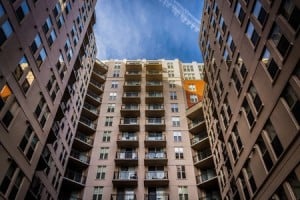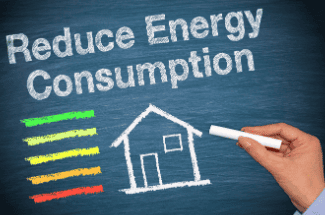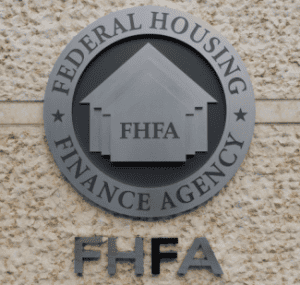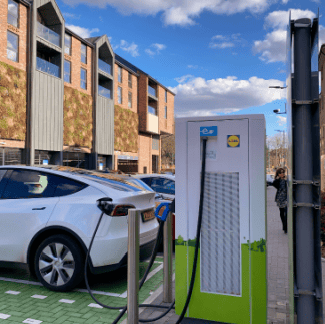Apartment Buildings Get on the Energy Efficiency Train

Differences can include the way in which upgrades and retrofits are done and the financing structures supporting these changes. The motivation of ownership and tenants to implement technology to cut energy may not be as clear cut as in other scenarios. There also can be differences between use patterns depending upon the status of the tenant.
“The difference lies in the contrasting habits between residents who own a space and those who lease a space,” wrote Maureen Lambe, the Executive Vice President of the National Apartment Association’s Education Institute (NAAEI) in response to emailed questions from Energy Manager Today.
But, of course, the benefits of reducing energy use remain high. Tenants who pay for utilities will see savings on the bottom line. Landlords also will save and, by implementing energy efficiency, can develop properties that are worth more and attract a more affluent clientele. What apartments and condos share with commercial, industrial and other types of facilities is that energy efficiency goes hand-in-hand with reductions in emissions and other environmentally sound and popular steps. So, despite the challenges, landlords, owners and tenants generally are on board.
The Institute for Market Transformation paints a varied picture. On one hand, these structures use a tremendous amount of energy and, therefore, offer great potential for savings. On the other, efforts to actually do so struggle to gain traction. Owners and managers, a study released by the group says, generally comply with benchmarking and transparency laws, but do little with the results. The challenges don’t end there:
Residents lack access to this information when apartment shopping, and investors and appraisers lack valuation context, often leading them to undervalue and under-invest in efficient buildings. Until multifamily stakeholders work together to use and value building performance data effectively in consistent, transparent formats, energy and water efficiency opportunities will remain unrealized.
That isn’t as dire as it sounds. Instituting steps that are necessary to take action on data that exists is not as intimidating a task as starting the collection efforts from scratch. In other words, efforts to cut energy use in apartments are well under way.
Efforts are underway to address residential building energy use. In October, the National Network of Business and Industry Association provided a grant to the Interstate Renewable Energy Council (IREC) that enabled it and the NAAEI to launch a micro-credential program aimed at apartment technical staffs. The credential will be a step beyond Certification for Apartment Maintenance Technicians (CAMT). CAMT+E certification attests that the person is capable in planning, procuring and managing energy efficiency upgrades and retrofits in apartments. It is, the press release says, “the first in a series of stackable micro-credentials, which together will lead to a new Certificate for Maintenance Supervisors.”
Yesterday, Inhabitat noted the launch of the New York City Building Operator Training Program, which is a joint program of the Mayor’s Office of Sustainability and the city’s Department of Small Business Services. The goal of the program, the story says, is to reduce energy costs by 5 percent to 20 percent. The program is aimed at buildings with five to 50 apartments of 5,000 square feet to 50,000 square feet. Heating, electricity and water systems will be the focus of the program, which is part of the city’s goal of reducing greenhouse gas emissions by 80 percent by 2050.
The world of apartments is nuanced. Some people own and some rent. There is a quiet tension between landlord and tenant. Despite these complexities, energy efficiency is growing. “Without a doubt [progress is being made] because of improvements in education and the relationship between energy efficiency, building durability and health and safety, which all assist maintenance technicians and apartment managers in deciding to take action and improve the energy efficiency of apartment communities,” wrote Anna Sullivan, IREC’s Credentialing Services Manager.
Source: energymanagertoday.com















 Accessibility
Accessibility